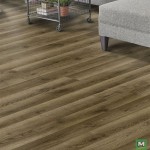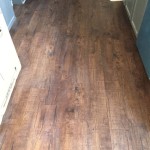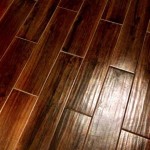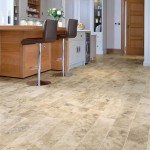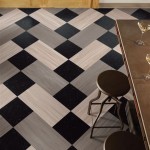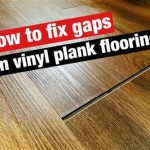Transition pieces for laminate flooring can be an important part of any home renovation project. Transition pieces are used to bridge the gap between different types of flooring, and can help to create a seamless look between different areas. They can also help to prevent dirt and debris from being tracked through the home. In this article, we’ll take a look at what transition pieces are, how they’re used, and some of the different types available.
What are Transition Pieces?
Transition pieces are strips of material that are used to bridge the gap between two different flooring surfaces. They can be used to create a smooth transition between two types of flooring, such as laminate and tile, or laminate and hardwood. Transition pieces come in a variety of materials, including wood, metal, and vinyl.
Why Use Transition Pieces?
Transition pieces are important for a few reasons. First, they create a seamless look between different flooring types. This helps to create a more cohesive look throughout the home, and can help to prevent dirt and debris from being tracked through the home. Additionally, transition pieces can help to reduce noise from one floor to the next, and can help to protect the edges of the flooring from damage.
Different Types of Transition Pieces
There are a variety of different types of transition pieces available for use with laminate flooring. Some of the most common types include:
- T-molding: T-molding is a type of transition piece that is used to bridge the gap between two different types of flooring. It is available in a variety of materials and finishes, and is typically used when transitioning from one type of flooring to another that is of equal height.
- Reducers: Reducers are transition pieces that are used when transitioning from one type of flooring to another that is of different heights. They are available in a variety of materials and finishes, and can help to create a seamless transition between the two different flooring types.
- Stair Nose: Stair nose is a transition piece that is designed to cover the edge of a step. It is typically used when transitioning from one type of flooring to another that is of different heights. It is available in a variety of materials and finishes, and can help to create a seamless transition between the two different flooring types.
Installation of Transition Pieces
When installing transition pieces for laminate flooring, it is important to follow the manufacturer’s instructions. Generally, the transition pieces are installed by cutting the pieces to fit the area, then gluing or nailing them in place. It is important to make sure that the transition pieces are properly secured, as this will help to ensure a smooth transition between the two flooring types.
Benefits of Using Transition Pieces
Using transition pieces for laminate flooring can have a number of benefits. They can help to create a seamless look between different flooring types, and can help to reduce noise from one floor to the next. Additionally, transition pieces can help to protect the edges of the flooring from damage. Finally, they can help to prevent dirt and debris from being tracked through the home.
Conclusion
Transition pieces can be an important part of any home renovation project. They can help to create a seamless look between different flooring types, and can help to reduce noise from one floor to the next. Additionally, transition pieces can help to protect the edges of the flooring from damage, and can help to prevent dirt and debris from being tracked through the home. With a variety of different materials, styles, and finishes to choose from, it’s easy to find the perfect transition piece for your laminate flooring project.














Related Posts


